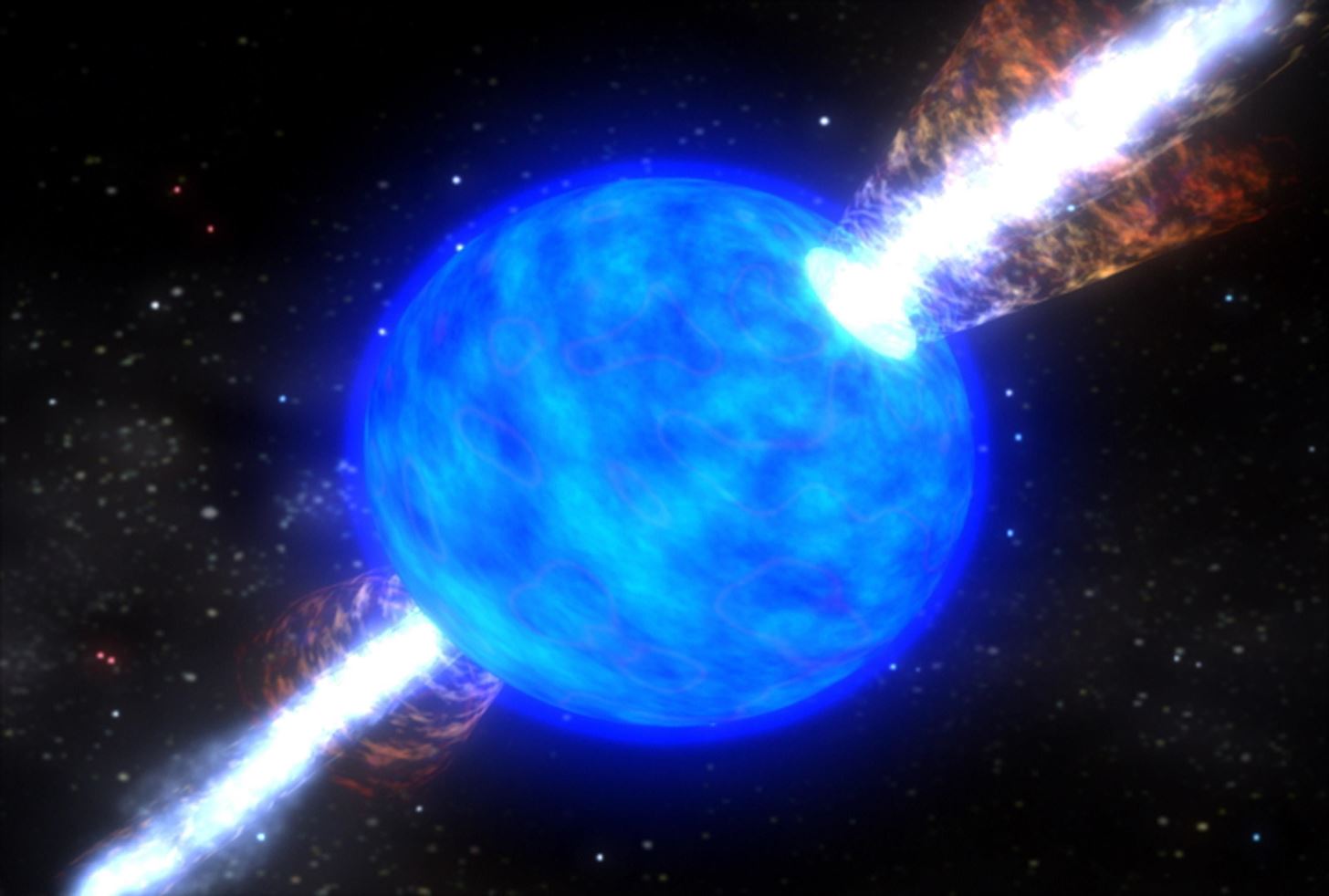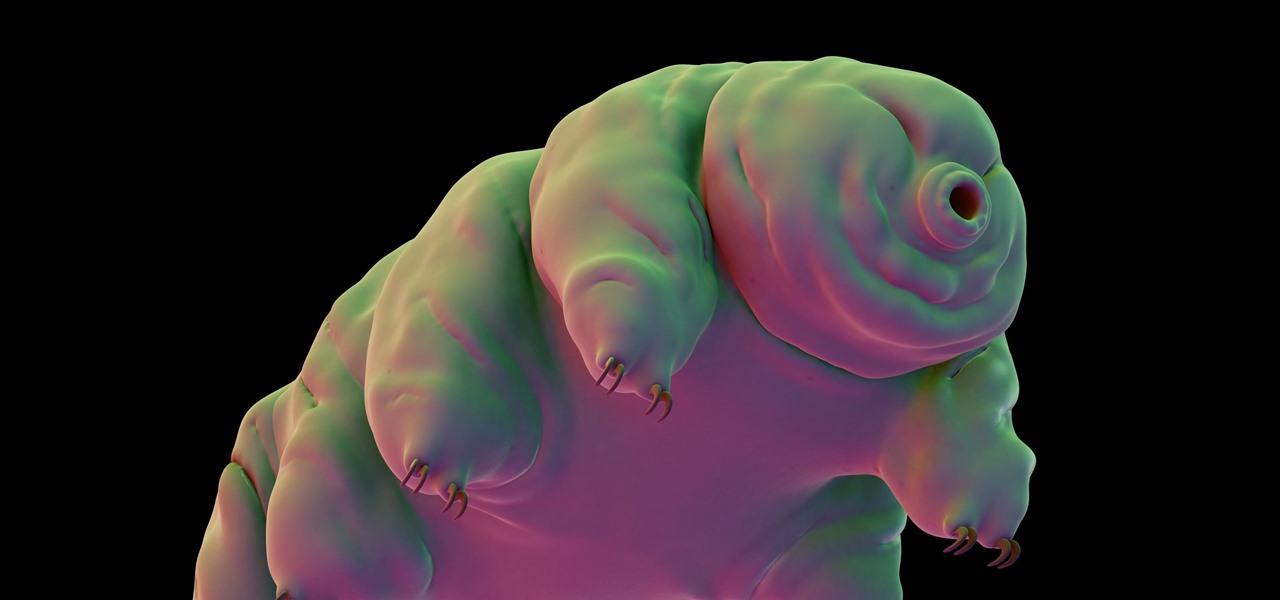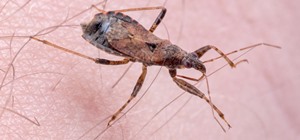Forget the rise of the machines. Tardigrades are set to outlive everything — even the bots. When the last echo of a whisper in a cell phone has long dissipated into space, the water bears will still be hanging out.
In Hollywood, there is a never-ending march of movies set in a dystopian future. Given the state of world events, that nihilistic tomorrow could start today if enough itchy fingers can make it to nuclear buttons. In those movies, there is usually a cataclysm followed by a dawn where a subset of humans bravely set out to renew the human legacy on Earth.
A recent study published in Scientific Reports suggests it is tardigrades that will be crawling out from under those rocks, and out of those caves, when the next Big Event hits Earth — not slightly dusty, but ever-so camera-friendly humans.
The cute squishy looking guy in the picture above is a tardigrade. They are also called "water bears" or "moss piglets." These mild-mannered micro-critters are vegetation eaters, and can often be found in water, sediment, lake bottoms, or near mosses, lichens and other plant material, in all parts of the world, including the Arctic and Antarctic.
Tardigrades get a lot of headlines because someone figured out they were very resilient. What could be better than an underdog with a cute squishy exterior? In recent research, scientists decided to reach for the stars, to investigate what kind of life on Earth might survive an otherwise devastating astrophysical event. Spoiler alert — it is the tardigrades.
The Real Superheroes — Tardigrades
The major survival tactic employed by tardigrades is cryptobiosis, a type of tardigrade hibernation. Cryptobiosis is a process by which a tardigrade compresses its body into a form called a "tun," expelling water from its body basically dehydrating itself. The extreme slowing of its metabolism, combined with the production of a type of anti-freeze sugar, allows the tun to protect itself against varying environmental extremes.
To get an idea for tough, let's take a look at some of the capabilities of water bears:
- Tardigrades can survive for up to three decades without water or food.
- Experiments have shown water bears can survive exposure to space.
- Able to survive at various temperature ranges, they can handle exposure to cold as low as minus 328 F, or heat up to 300 F, and possibly more.
- Tardigrades are highly resistant to radiation and able to survive severe pressure at places like the bottom of the Marianas Trench.
There are at least 1,000 species of tardigrades with varying levels of ability to survive hostile environments. Though they may seem it, tardigrades are not extremophiles. Tardigrades are not adapted to living in harsh climates, but to survive them.
In their research, scientists from Oxford and Harvard picked three events that should reasonably be expected to wipe out life as we know it — asteroid impact, supernova, and gamma rays.

The authors note that gamma ray bursts would send radiation and shock waves hurtling our way, very likely ripping off what is left of the ozone layer and subjecting the Earth to fatal levels of radiation. Needless to say, humankind is fried — unless we've adapted to living underground or underwater.
On the other hand, the impact from a large enough asteroid could cause an "impact winter," and removal of the atmosphere, the remaining ocean water would eventually contribute to the formation of a new atmosphere. Luckily for us, there are only about 12 asteroids in our solar system that would cause a large enough impact to boil away the oceans of Earth — and those celestial objects do not intersect the orbit of our planet.
After calculating the likelihood of the scenarios described, the authors feel "the overall likelihood of complete sterilization is small..." since large asteroids are so rare and the possibility of a planet-killing gamma ray burst occurring close enough to harm Earth is small.
In the end, it's only our sun —which gives us life — that can bring down the curtain on the tardigrades.
Naturally, the death of a planet (or solar system) is caused by the eventual transformation of the star around which it orbits. Before collapsing to cause a permanent freeze on Earth, our sun will expand, growing hotter and hotter and bigger and bigger, and eventually boiling away the oceans and killing all life — even — eventually the water bears who held for the last hurrah.
Just updated your iPhone? You'll find new emoji, enhanced security, podcast transcripts, Apple Cash virtual numbers, and other useful features. There are even new additions hidden within Safari. Find out what's new and changed on your iPhone with the iOS 17.4 update.




























Be the First to Comment
Share Your Thoughts